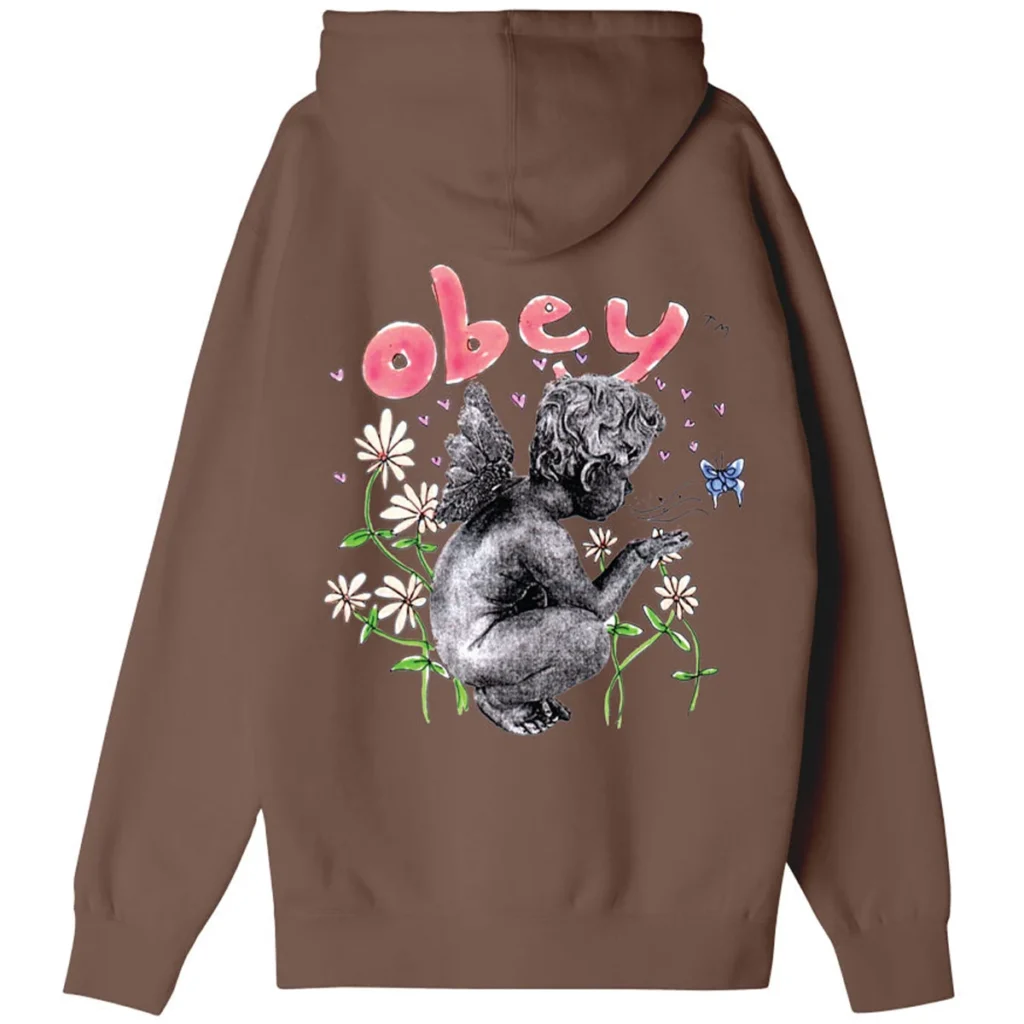Obey Clothing has emerged as a prominent name in the streetwear scene, blending art, politics, and fashion. Founded by Shepard Fairey, Obey Clothing stands as a testament to the power of art and activism in contemporary culture. This article explores the origins, evolution, and cultural impact of Obey Fashion.
Origins of Obey Fashion
Shepard Fairey: The Visionary Behind the Brand
Obey Clothing was founded in 2001 by Shepard Fairey, a street artist known for his provocative and politically charged artwork. Fairey’s journey began in the late 1980s with his “André the Giant Has a Posse” sticker campaign, which evolved into the iconic “Obey Giant” image. This image, featuring the stylized face of wrestler André the Giant, became a symbol of counter-culture and resistance against mainstream media and consumerism.
The Birth of Obey Clothing
Fairey’s foray into fashion was a natural progression of his artistic endeavors. He saw clothing as a canvas for his art, a medium through which his messages could reach a broader audience. In 2001, he officially launched Obey Clothing, infusing his designs with the same rebellious spirit that characterized his street art. The brand quickly gained a following, resonating with youth who identified with its anti-establishment ethos.
The Evolution of Obey Fashion
Early Years and Influences
In its early years, Obey Clothing drew heavily from Fairey’s street art background. The designs prominently featured the Obey Giant logo, bold graphics, and politically charged slogans. The brand’s aesthetic was influenced by punk rock, skate culture, and propaganda art, creating a unique visual identity that set it apart from other streetwear brands.
Expansion and Collaboration
As Obey Clothing gained popularity, it began to expand its product line and collaborate with other artists and brands. These collaborations helped to broaden the brand’s appeal and reach new audiences. Notable collaborations include partnerships with renowned artists like Keith Haring and Jean-Michel Basquiat, as well as mainstream brands like Levi’s and Nike.
Maturing Aesthetic
Over the years, Obey Clothing’s aesthetic has matured and diversified. While the brand still retains its rebellious roots, its designs have evolved to include a wider range of styles and influences. Today, Obey offers everything from graphic tees and hoodies to more refined pieces like jackets and denim. This evolution reflects Fairey’s desire to create a brand that is both artistically driven and commercially viable.
Cultural Impact of Obey Fashion
Political and Social Commentary
One of the defining features of Obey Clothing is its commitment to political and social commentary. Fairey’s art often addresses issues such as consumerism, surveillance, and government control, and these themes are woven into the fabric of Obey’s designs. By wearing Obey Clothing, consumers are not just making a fashion statement; they are also aligning themselves with a broader movement of resistance and activism.
Influence on Streetwear Culture
Obey Clothing has played a significant role in shaping modern streetwear culture. Its fusion of art, fashion, and activism has inspired countless other brands and designers. Obey’s success has demonstrated that there is a market for clothing that goes beyond mere aesthetics, offering a platform for cultural and political expression.
Global Reach and Community
What started as a small, artist-driven brand has grown into a global phenomenon. Obey Clothing is now sold in stores around the world, and its online presence has further expanded its reach. The brand has cultivated a diverse and passionate community of fans who share its values and vision. This global community is a testament to the universal appeal of Obey’s message and the power of art to transcend borders.
The Future of Obey Fashion
Continued Innovation and Relevance
As Obey Clothing moves forward, it faces the challenge of staying relevant in a constantly changing fashion landscape. However, the brand’s commitment to innovation and its strong artistic foundation suggest that it will continue to evolve and thrive. Future collections will likely build on the brand’s legacy while exploring new styles and themes.
Embracing Sustainability
Like many fashion brands, Obey Clothing is increasingly aware of the need for sustainability. The fashion industry is one of the largest polluters, and consumers are demanding more environmentally friendly options. Obey has begun to incorporate sustainable practices into its production processes, using organic materials and reducing waste. This commitment to sustainability aligns with the brand’s broader mission of social and environmental responsibility.
Expanding Influence
Obey Clothing’s influence extends beyond fashion. Shepard Fairey continues to be an active and influential figure in the art world, using his platform to address pressing social issues. The brand’s future will likely see continued intersections between art, activism, and fashion, reinforcing Obey’s position as a leader in the streetwear scene.
Conclusion
Obey Fashion is more than just a clothing brand; it is a cultural movement that embodies the spirit of rebellion, creativity, and activism. From its origins in Shepard Fairey’s street art to its current status as a global fashion powerhouse, Obey Clothing has left an indelible mark on the world of fashion and beyond. As it looks to the future, the brand remains committed to its core values of artistic expression and social commentary, ensuring that it will continue to inspire and resonate with new generations.







